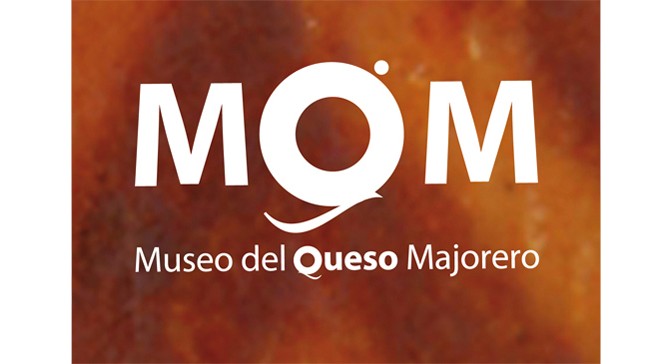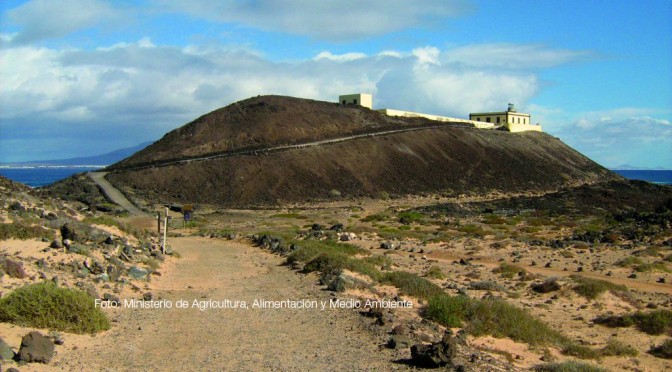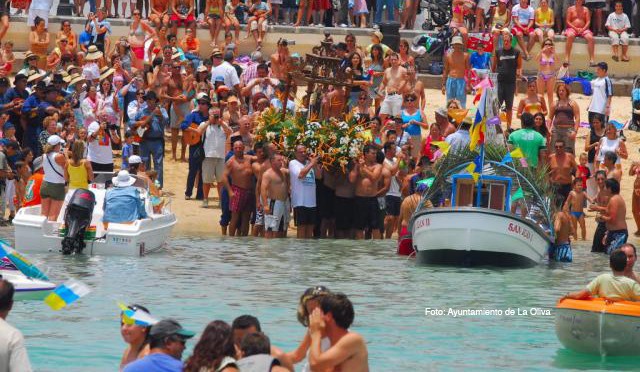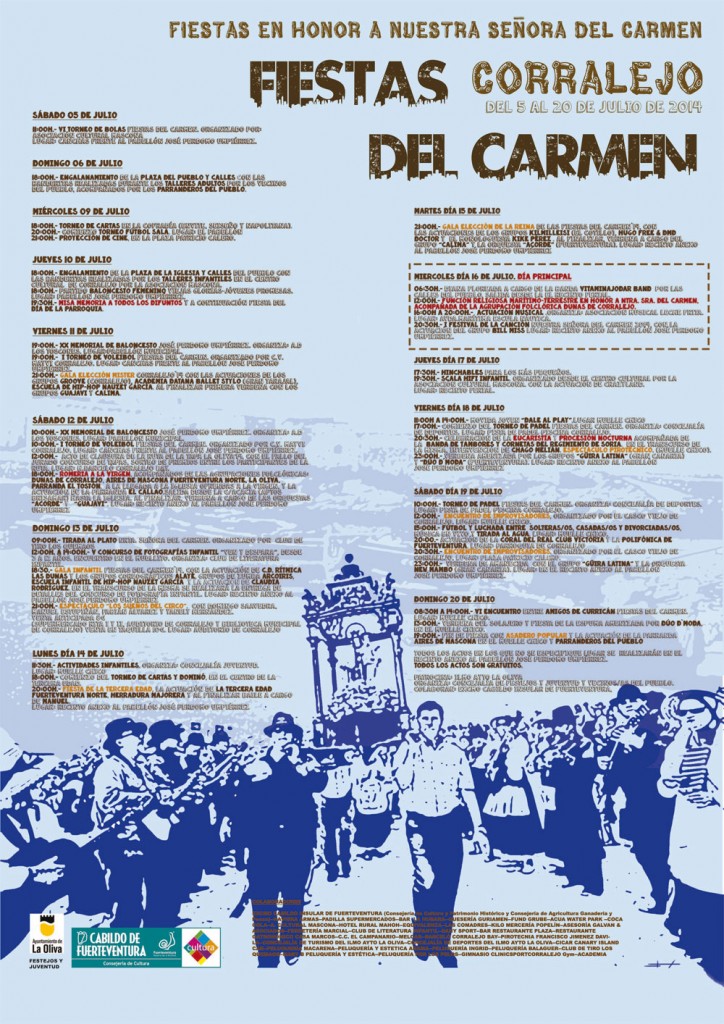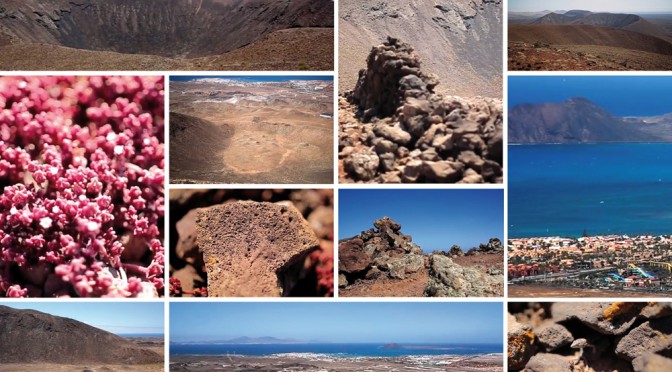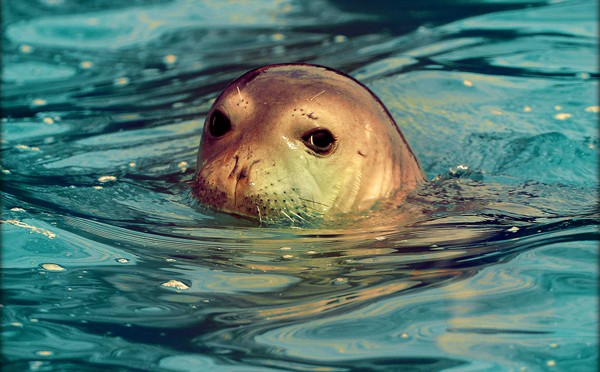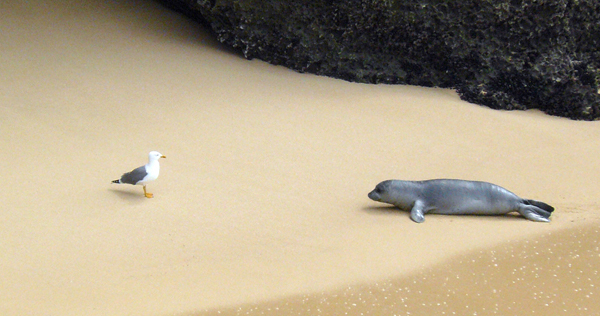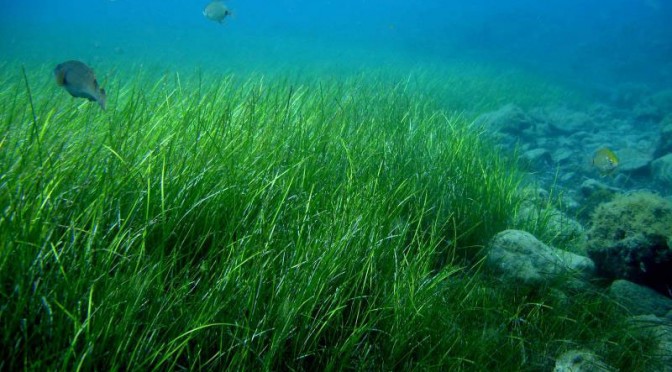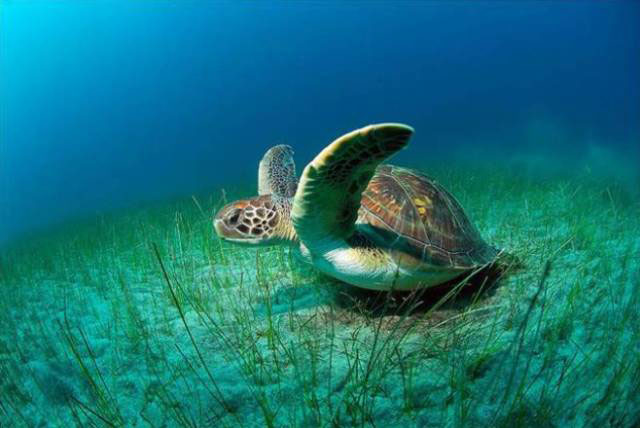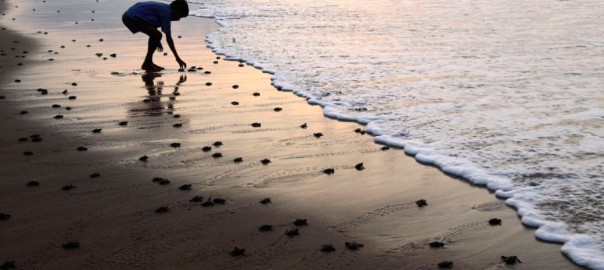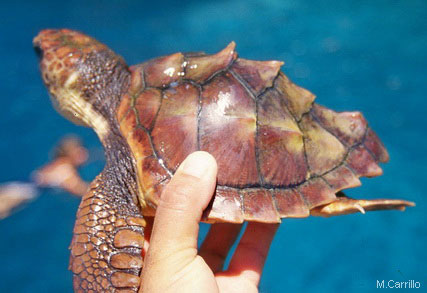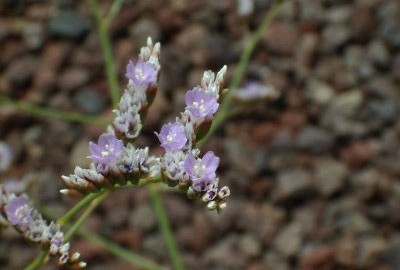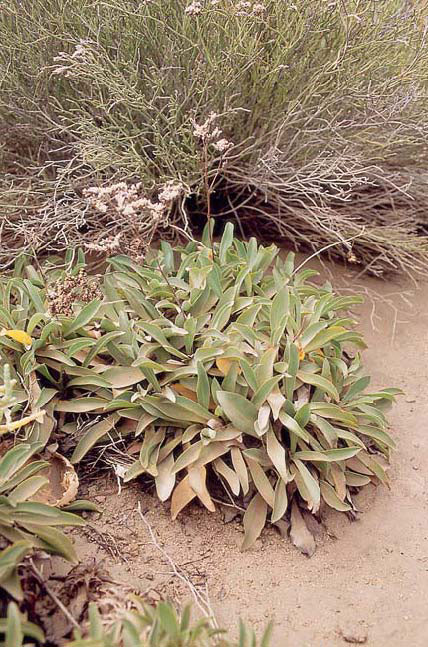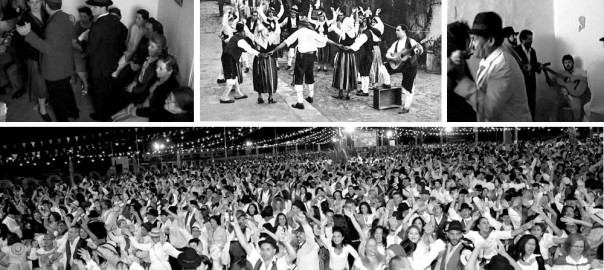From July 24th 2014, Fuerteventura has a Monographic Museum of majorero cheese. This cheese got its designation of origin on February 16th 1996, and since then it has become one attraction in Fuerteventura due to its first rate quality.
The inauguration of the museum took place in the Visitors’ centre, in the mill of Antigua, where the premises of this museum are.
The aim of the Majorero cheese Museum is to show the value of the livestock culture in Fuerteventura, associated with the goat and cheese, and its promotion as a tourist attraction.
The Majorero cheese Museum has a true didactic purpose where several rooms are distributed along the 515m2 they take up. They are classified into different topics and functional areas where they tell the two-thousand-year history this island has devoted to raise goats.
In the different units, information panels can be found, of course in different languages, as well as reproductions of natural areas that guide us in a tour of the cheese world culture:
– In one of the information areas they speak just about Fuerteventura, characteristics of the island, its weather, fauna and flora, its orography and geology.
– Another one deals with the majorera goat, as a representative icon of Fuerteventura, since one of the hallmarks of our island, often surprising the tourist, is to see free-running goats throughout the landscape in the island. In this section of the museum there is some information about the majorera goat and its relationship to its surrounding area, the different kinds of goats and the majorera race, its morphology, milking, shepherding…
– A third section of this museum tells us about the history and culture of the Majorero cheese, a fatty cheese with a strong smell, which has been elaborated throughout history in an artisan way, and nowadays also in an industrial way, having received important awards due to its quality both at home and abroad, getting the designation of origin on February 16th 1996. This is a hard-pressed cheese, and it’s made of majorera goat milk, although up to a 15% of Sheep milk from the Canary Islands can be added if the cheese is to be cured. The main secret for the success of the majorero cheese is owed to the excellent quality of its thick, aromatic, full fat majorera goat milk, the goats being able to produce up to 2 and a half litres per day, free of impurities, medicaments, preservatives and colostrum. In this museum area further information about the characteristics of this cheese, its elaboration and perfect pairings can be found, as well as majorero cheese recipes, its nutritional aspects, data about its designation of origin, the different cheeses in the Canary Islands…
– And lastly, there is a tasting room and Fuerteventura cheese shop so the visitor can, apart from knowing the history of this product, taste it and make a personal evaluation.
In the surroundings of the museum we also find the mill of Antigua, declared an asset of cultural interest in the monument category in 1994, and the restaurant, which will shortly be out to tender.
In our private boat trips or two-day charters Fuertecharter never forgets the Majorero cheese, as an added value, to offer our clients the tasting of one of the best products in our land.
FuerteCharter’s Team
